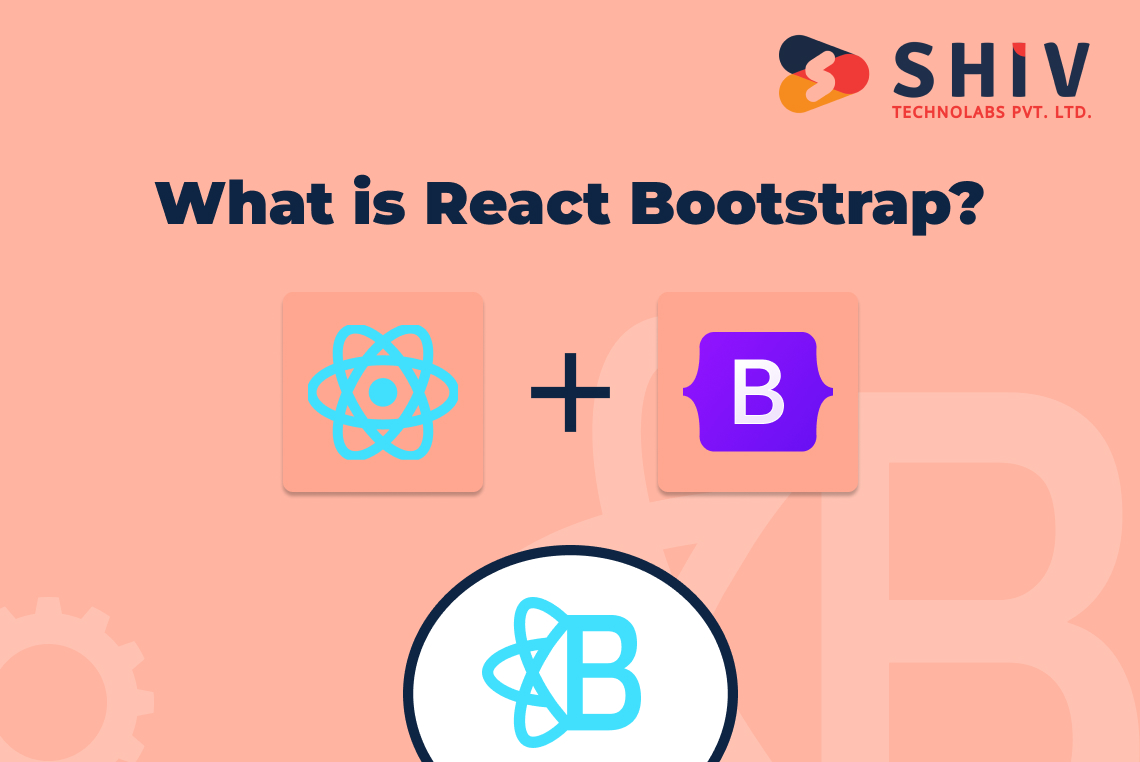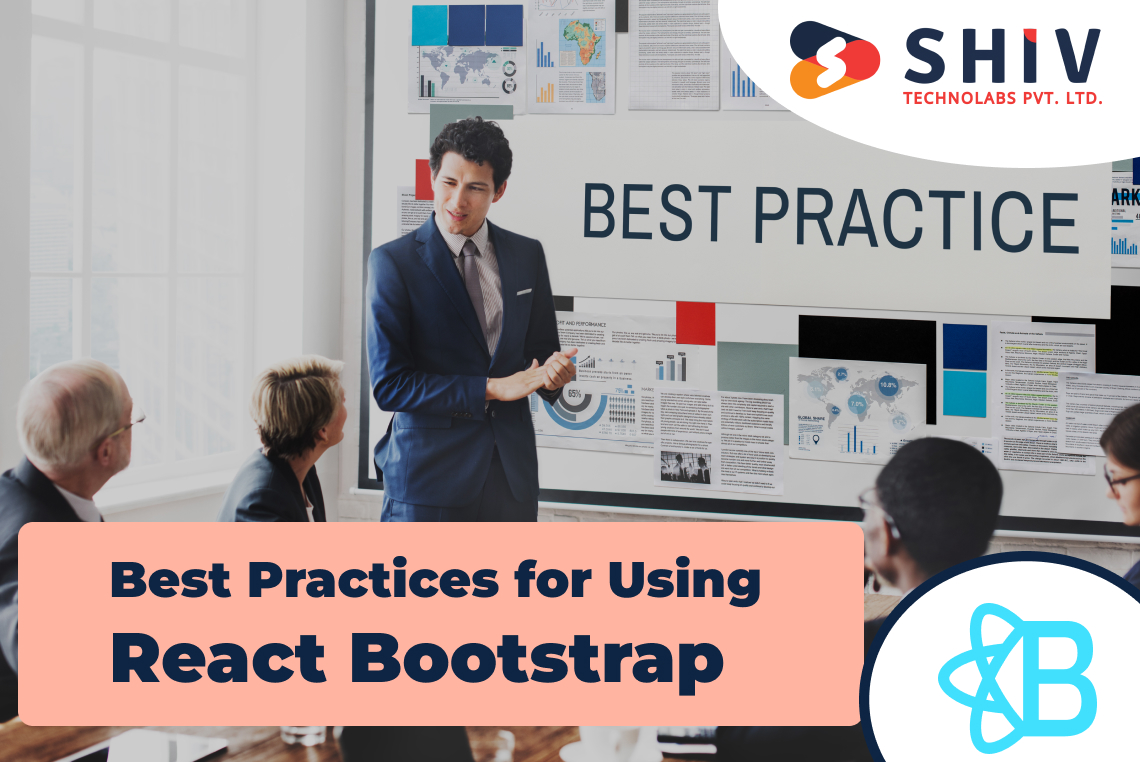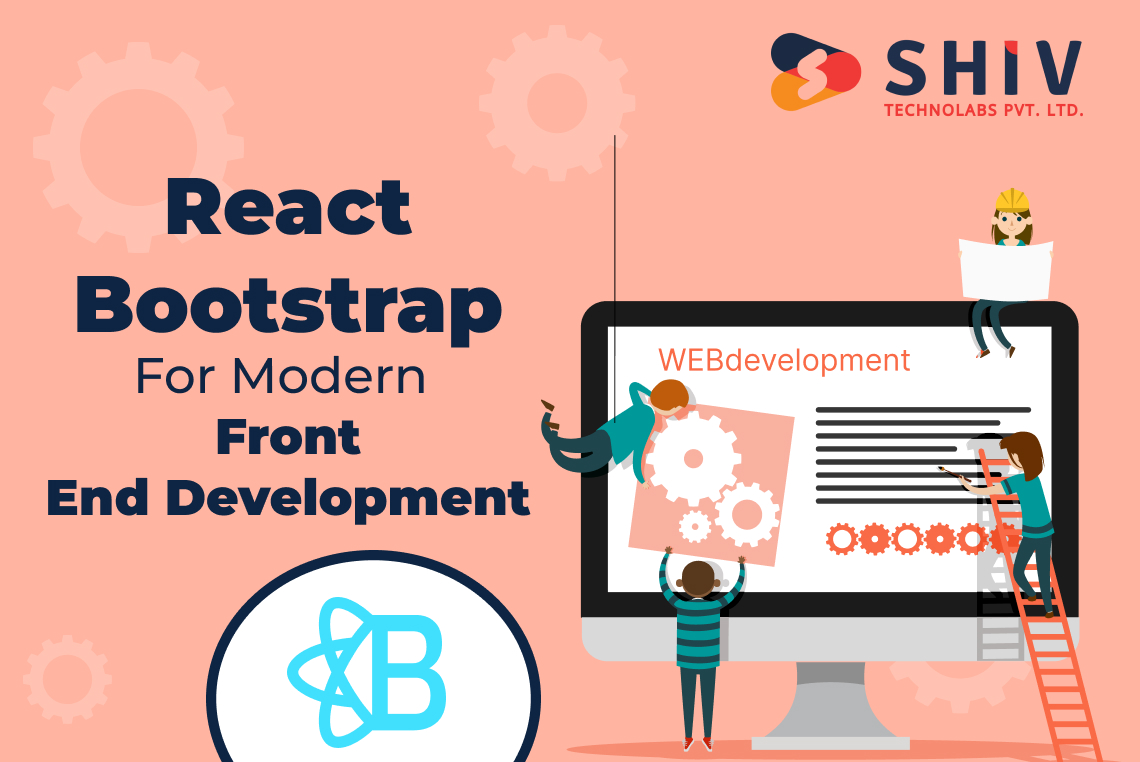Table of Contents
Creating attractive, responsive, and efficient user interfaces is crucial in web development. React Bootstrap simplifies this process by combining Bootstrap, a widely used framework, with React, a versatile library. This combination allows developers to build modern, responsive web applications easily and consistently. React Bootstrap is increasingly popular, especially in USA, where demand for high-quality React Native development services is growing. Exploring the advantages and best practices of React Bootstrap can significantly enhance your development projects and ensure they meet high standards.
In recent years, the demand for front-end development skills has skyrocketed. According to the U.S. Bureau of Labor Statistics, employment for web developers is projected to grow 13% from 2020 to 2030, faster than the average for all occupations. This growth is driven by the increasing popularity of mobile devices and e-commerce, emphasizing the need for responsive and efficient web designs. Tools like React Bootstrap are crucial in meeting these demands, allowing developers to create user-friendly interfaces that work seamlessly across various devices.
React, the library that powers React Bootstrap, has also seen significant adoption. According to the 2021 Stack Overflow Developer Survey, React is the second most popular web framework among professional developers, with 40.14% of respondents using it. Bootstrap, on the other hand, remains one of the most widely used CSS frameworks. Combining these two powerful tools in React Bootstrap provides a robust solution for modern web development, making it a preferred choice for many developers, especially those specializing in React Native development in USA.
What is React Bootstrap?

React Bootstrap merges Bootstrap’s powerful framework with React’s component-based architecture. This integration provides developers with ready-made, responsive components that can be seamlessly integrated into web applications. Originally developed to standardize web design at Twitter, Bootstrap has evolved into a comprehensive framework adopted worldwide. As React gained popularity for its efficient rendering and component structure, transitioning to React Bootstrap became a natural choice. This combination offers both flexibility and efficiency, making it a preferred tool for many React Native development companies in USA.
# Definition and Overview
React Bootstrap is a front-end framework that combines Bootstrap with React. It uses React’s component-based architecture to provide pre-built, responsive components that integrate easily into web applications. This framework simplifies the development process, allowing developers to focus more on creating functional features rather than worrying about the design principles.
# History and Evolution
Bootstrap was initially developed to standardize web design across Twitter projects. Over time, it became a widely adopted framework. As React’s popularity grew for its component-based architecture and efficient rendering, transitioning to React Bootstrap was a natural progression. This combination now offers flexibility and efficiency, making it a preferred choice for many React Native development companies in USA.
Benefits of Using React Bootstrap
React Bootstrap offers several advantages for front-end development. It enhances productivity by providing pre-designed components, ensures design consistency across projects, supports responsive design, allows customization and flexibility, and is supported by a robust community. These benefits are crucial for any React Native development company in USA.
# Enhanced Productivity
React Bootstrap significantly increases productivity by offering a wide range of pre-designed components. These components can be quickly implemented into projects, saving developers valuable time. Instead of coding UI elements from scratch, developers can use React Bootstrap’s ready-made solutions, speeding up the development cycle without compromising on quality.
# Consistency in Design
One of the primary benefits of React Bootstrap is its ability to maintain design consistency across various projects. The framework’s standardized components ensure that UI elements look and feel the same, regardless of the application. This consistency is particularly important for large-scale projects and teams, as it helps maintain a uniform user experience.
# Responsive Design
React Bootstrap excels in creating responsive designs that adapt to different screen sizes and devices. The framework includes built-in responsiveness, allowing developers to design web applications that work seamlessly on desktops, tablets, and smartphones. This feature is crucial in today’s mobile-first world, where users access websites from various devices.
# Customization and Flexibility
Despite its extensive set of pre-built components, React Bootstrap offers a high degree of customization. Developers can easily override default styles and create unique themes that align with specific branding guidelines. This flexibility ensures that applications not only function well but also stand out visually.
# Community Support and Resources
React Bootstrap is supported by a strong community of developers and abundant resources. The extensive documentation, tutorials, and community forums provide invaluable support to developers, helping them overcome challenges and stay updated with the latest trends and practices. This robust support network is a key advantage for any React Native development company in USA.
Also read : Tracking User Engagement in React Native Apps with Firebase Analytics
Best Practices for Using React Bootstrap

To get the most out of React Bootstrap, developers should follow best practices. These include adopting a component-based approach, making efficient use of the grid system, focusing on styling and theming, optimizing performance, and integrating with other tools and libraries. These practices help developers create high-quality, maintainable, and efficient web applications.
# Component-Based Approach
Using a component-based approach is essential with React Bootstrap. React’s architecture is naturally component-based, which aligns perfectly with Bootstrap’s modular design. By breaking down the UI into reusable components, developers can create maintainable and scalable code. This approach simplifies the development process and makes it easier to manage and update individual components without affecting the entire application.
# Efficient Use of Grid System
React Bootstrap’s grid system is a powerful tool for creating responsive layouts. It allows developers to define the structure of their web applications using a flexible grid that adapts to different screen sizes. Best practices include using the grid system for alignment and spacing, ensuring that elements are properly positioned and responsive. This system is particularly beneficial for React Native development in USA, where diverse user demographics access applications on various devices.
# Styling and Theming
Customizing the look and feel of applications is straightforward with React Bootstrap. Developers can easily override default styles and apply custom themes to match branding requirements. This involves using custom CSS or leveraging Bootstrap’s theming capabilities. The ability to personalize the UI ensures that each application has a unique visual identity while retaining the functionality provided by React Bootstrap.
# Performance Optimization
Optimizing performance is crucial for any web application. React Bootstrap components are designed to be lightweight and efficient, but developers should still follow best practices to ensure optimal performance. This includes minimizing the use of unnecessary components, optimizing images and assets, and leveraging React’s built-in performance features. Ensuring that applications run smoothly is essential for delivering a positive user experience, especially in competitive markets like React Native development services in USA.
# Integration with Other Tools and Libraries
React Bootstrap seamlessly integrates with other front-end tools and libraries, enhancing its versatility. Developers can combine it with state management libraries like Redux, routing libraries like React Router, and various API integration tools. This interoperability allows for the creation of complex, feature-rich applications that meet specific business needs. For instance, a React Native development company in USA can use React Bootstrap in conjunction with other technologies to deliver comprehensive solutions to their clients.
Conclusion
React Bootstrap is a powerful toolkit for modern web development, offering benefits from increased productivity to consistent design and responsive layouts. Its flexibility and strong community support make it an essential tool for developers, especially those involved in React Native development in USA. By following best practices and leveraging React Bootstrap’s full potential, developers can create high-quality, efficient, and visually appealing web applications.
At Shiv Technolabs, we are committed to staying at the forefront of technology trends. Our expertise in React Bootstrap and other cutting-edge tools ensures that we deliver top-notch web development solutions to our clients. Whether you need a simple website or a complex web application, our team of skilled React Native developers is here to help you achieve your goals with precision and excellence. Choose Shiv Technolabs for the best React Native development services in USA and experience the difference in quality and performance.




















